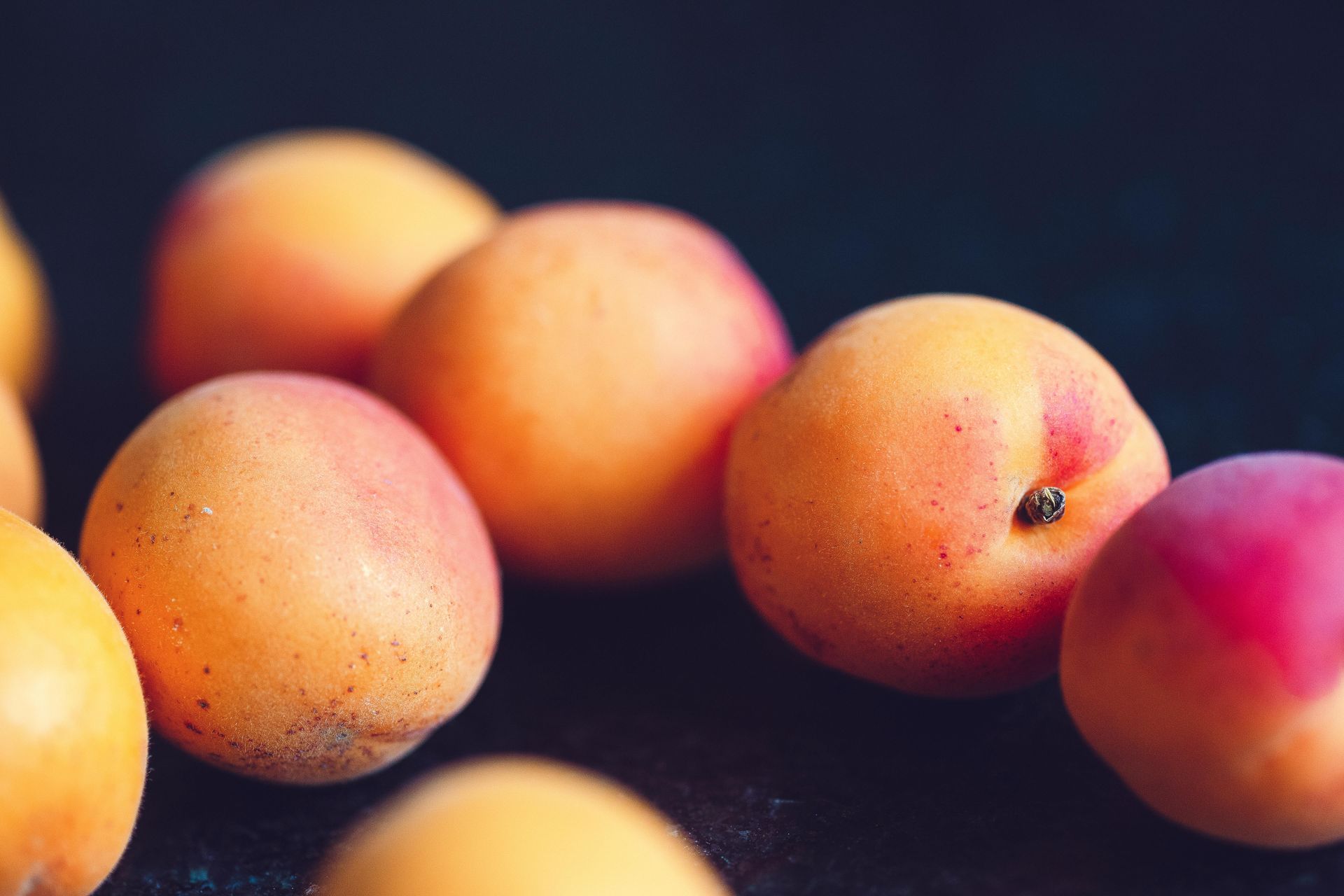Food industry UVC hygiene and sanitisation news
Food-related illnesses can devastate a business as well as make its customers ill, potentially ending up with a court case for damages. Stop it happening with our full spectrum UV fixtures, proven to kill the common food hygiene threats E. coli and salmonella – plus a large number of other pathogens - without using chemicals.
Our clean, simple, efficient units disinfect surfaces, equipment and the air itself to kill off environmental pathogens in all sorts of food-led environments throughout the supply chain, at every touch point, from origin to sale. Here’s the latest food hygiene news, revealing how there’s a growing need across the world for clean, safe, low cost and cheap-to-run food hygiene technology like ours.
Recent food hygiene scandals
One restaurant in Sheffield was described as 'filthy', then handed a zero food hygiene rating after serving customers even though the premises was suffering from a ongoing infestation of rats. The owner has been taken to court.
Another, a take-away in Oldham, was so bad the inspectors found cockroaches running around the kitchen. And a collection of food products is being recalled by large supermarkets for several reasons, one being the risk of salmonella poisoning. Alerts have been issued by the Food Standards Agency for a variety of products sold at Asda, Lidl, and Sainsbury's.
At least 100 people who fell ill at a five-star hotel in Turkey are threatening legal action against the holiday company TUI. Fourteen families who have just got back from the Rixos Sungate hotel in Antalya tested positive for salmonella, E. coli and campylobacter, all very unpleasant and potentially extremely dangerous to vulnerable people. For people with low immunity, for example, any kind of food poisoning can be lethal thanks to the risk of severe diarrhoea and dehydration.
US food safety solution firm uses AI and ML to identify hygiene risks
Over in the USA, the food safety solutions business
Novolyze is using high tech Predictive Insight and Machine Learning to improve food safety and compliance. A series of trend charts and heat maps work to help identify high risk areas, forecast outbreaks, and figure out where and when pathogens such as Listeria or Salmonella might occur during different food processing times and seasons.
Advanced predictive data modelling and analytics enhanced by AI and machine learning is at the heart of their Sanitation Complete and Environmental Monitoring Platform or EMP. It generates the maps and charts automatically using real time data plus historic data from multiple sources.
The idea is that this level of digitisation will let food and drinks manufacturers reduce paperwork and harness real-time insight to maintain good levels of food safety and quality. It’s especially important for riskier than average ready-to-eat foods, which come with more risk of contamination by food-borne pathogens.
Japanese team discovers the properties of food poisoning bacteria
The bacterium Providencia has been found in patients with gastroenteritis. It’s a lot like enterohemorrhagic Escherichia coli and Salmonella, both the causes of severe food poisoning. Clarifying the source of infection and its associated pathogenic factors brings potential new preventive methods closer. The team at the Graduate School of Veterinary Science, from Osaka Metropolitan University, says the discovery will identify infection routes and help find ways to prevent food poisoning.
Summer tips for keeping food safely cool
Because we’re into innovative
cooling technology as well as UVC disinfection, we’re interested to see a host of online tips to keep food safe this summer. It matters because leaving fresh foods out at temperatures of more than 40F for more than four hours you enter the danger zone, where bacteria multiply fast to increase the risk of food-borne illnesses.
If it’s closer to 80 degrees outdoors, like it has been recently, your food safety window is even smaller. You have around an hour before bacteria begin spoiling the food. The same pathogens that make food spoil are often those that make us ill, basically the toxins arising from runaway bacterial growth. This means it’s always best to avoid eating food that looks and smells wrong, or has simply become too warm. The wise thing to do, if in doubt, is to throw it out.
Protect the food chain from origin to retail
We have a range of highly effective units designed to keep the food chain safe and clean, killing a huge list of pathogens off safety and quickly. If you’re in the food sector, including foodservice and manufacture, and you’d like to ensure the food you pick, pack and produce is safe for consumers, our tech delivers the perfect solution. It’s low cost to buy, costs very little to run, is super-easy to use, and it’s remarkably powerful.










